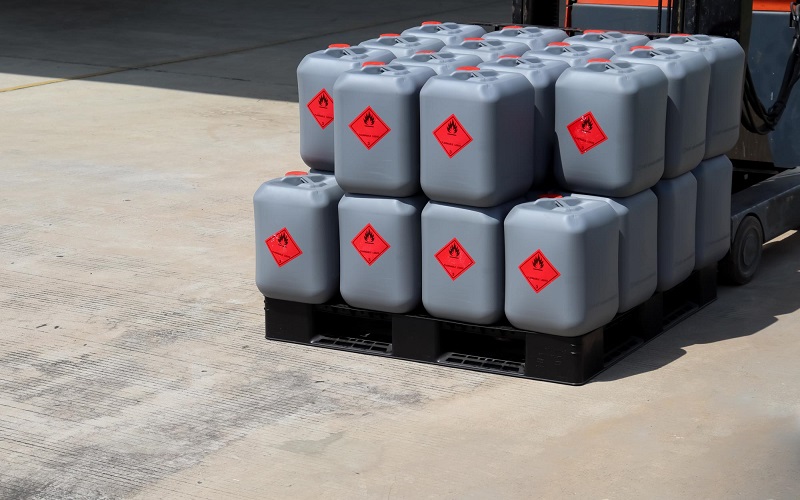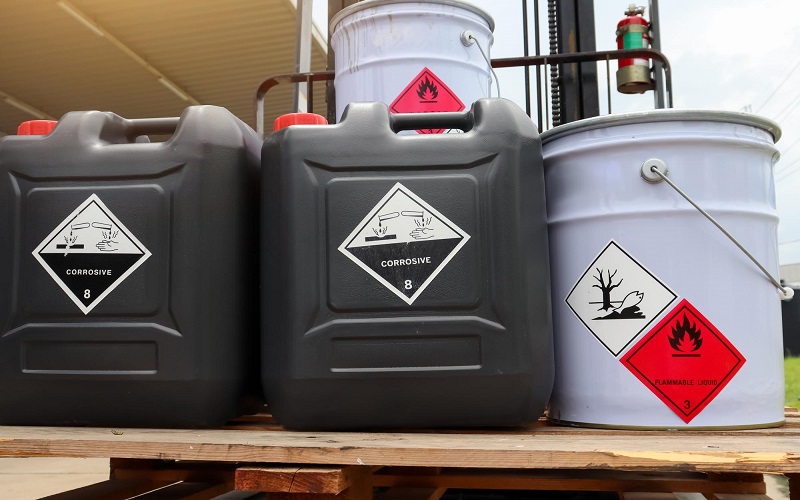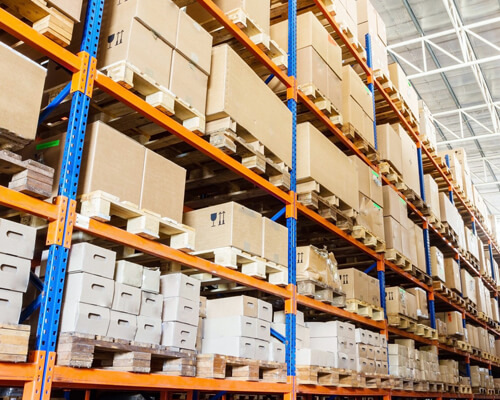- فارسی
- عربي
- English
How to Import Acetic Acid from Iran

Acetic acid is a fundamental chemical in modern industry, with applications that range from food preservation to pharmaceuticals and plastic production. As global demand for this compound increases, companies are actively looking for cost-effective, reliable sources. Iran, with its strong petrochemical infrastructure and export capacity, has emerged as a key supplier for industrial-grade acetic acid.
If you're considering a new source for acetic acid, importing from Iran could offer your business both economic and strategic advantages. This guide covers everything from understanding the product to supplier selection, legal procedures, and logistics — giving you a complete roadmap to import acetic acid from Iran with confidence.
Understanding Acetic Acid: Uses and Importance
Acetic acid (chemical formula CH₃COOH) is a clear, colorless liquid with a sharp odor. While it's best known as the main component of vinegar, industrial acetic acid is much more concentrated and used across many sectors. Its versatility makes it essential in large-scale manufacturing processes.
Key Industrial Uses Include:
- Food and Beverage: Used as an acidity regulator and preservative.
- Pharmaceuticals: Employed in the synthesis of active ingredients like aspirin.
- Textile Industry: Helps in dyeing and printing fabrics.
- Chemical Production: A precursor for compounds like acetic anhydride and vinyl acetate.
- Rubber and Plastics: Functions as a key solvent and pH adjuster.
Because of this widespread use, demand for acetic acid remains strong globally, making reliable sourcing critical for manufacturers.
Why Import Acetic Acid from Iran?
Iran has become a leading supplier of petrochemical products, including acetic acid, due to several key advantages. Its well-developed chemical industry, access to raw materials, and strategic geographic location allow Iranian suppliers to serve markets across Asia, Europe, and Africa effectively.
Here’s why sourcing from Iran makes sense:
- Competitive Pricing: Iranian acetic acid is priced lower than many global suppliers due to local production efficiencies.
- High Product Purity: Suppliers often offer acetic acid with purities around 99.8%, suitable for demanding industrial applications.
- Strategic Shipping Access: Ports on the Persian Gulf allow fast, flexible exports to global destinations.
- Established Exporters: Reputable companies like MehradTrade simplify the process with end-to-end assistance, documentation, and quality control.
If you're aiming to reduce procurement costs without sacrificing quality, Iran is a viable and increasingly popular source.

Finding the Right Iranian Supplier
Choosing the right supplier is arguably the most important step in the import process. Iranian chemical exporters vary in terms of product quality, customer service, and international experience, so it's essential to do due diligence.
Look for These Supplier Qualities:
- Official Export Licenses: Ensure the company is legally registered and permitted to export acetic acid.
- Complete Documentation: Including Certificate of Analysis (CoA), Material Safety Data Sheet (MSDS), and Certificate of Origin.
- Language and Communication Skills: Smooth English-language support makes transactions more efficient.
- Shipping Experience: Choose a supplier who understands international logistics and hazardous material handling.
MehradTrade, for example, is well-regarded for offering verified product specs, timely deliveries, and professional support for international buyers.
The Import Process Acetic acid: Step by Step
Importing a chemical product like acetic acid involves a series of well-structured steps. Each one must be handled carefully to avoid delays or compliance issues.
Step 1: Product Inquiry and Quotation
Reach out to the supplier with your required specifications — purity, packaging, quantity, and destination. Request a formal quotation with Incoterms (e.g., FOB Bandar Abbas, CIF Hamburg).
Step 2: Verify Specifications and Legal Documents
Ask for a CoA and MSDS. These documents confirm the product’s composition and help with customs and safety handling on your end.
Step 3: Finalize Contract and Payment Terms
Negotiate the contract including price, delivery schedule, payment method (usually T/T or LC), and liability terms. Always sign a written agreement.
Step 4: Coordinate Shipping and Export Documents
The supplier will handle packaging, labeling, and freight forwarding. You’ll need:
- Invoice and packing list
- Certificate of Origin
- Bill of Lading or Air Waybill
Step 5: Customs Clearance and Delivery
Once the shipment arrives in your country, work with a licensed customs broker to clear the goods. Make sure all paperwork is ready to avoid storage fees or delays.

Shipping and Storage Guidelines
Acetic acid is classified as a hazardous chemical, so it must be shipped and stored under regulated conditions.
Recommended Packaging Options:
- 200-liter HDPE drums
- 1000-liter IBC tanks
- ISO tank containers for bulk transport
The product should be kept in a cool, well-ventilated area away from incompatible materials like oxidizers. Proper labeling and secure closures are essential to prevent leaks and exposure.
If you're importing in bulk, be sure to choose a freight carrier that specializes in hazardous chemicals and is familiar with IMDG regulations.
Regulatory and Compliance Considerations
Importing acetic acid requires adherence to both international and local safety regulations. Most countries treat acetic acid as a controlled chemical, so obtaining the right permits is critical.
You’ll Typically Need:
- Material Safety Data Sheet (MSDS)
- Certificate of Analysis (CoA)
- Import Permit for Hazardous Materials
- Customs Declaration Forms
Some destinations may also require third-party inspection or lab analysis upon arrival, especially for pharmaceutical or food-grade use.
Benefits of Importing Acetic acid from Iran
Beyond cost savings, Iranian chemical exports offer long-term value for businesses with high-volume needs.
Main Benefits Include:
- Reliable Bulk Availability: Iranian suppliers often accommodate flexible order sizes with short lead times.
- Consistent Quality Standards: Most industrial suppliers work with international norms like ISO or REACH.
- Dedicated Export Services: Firms like MehradTrade guide you through every stage, reducing risk and improving efficiency.
When managed correctly, importing from Iran can increase your supply chain reliability while reducing procurement costs.
Potential Challenges and Risk Management
Like any international transaction, importing acetic acid comes with risks — but they can be mitigated with proper planning.
Common Challenges:
- Banking Restrictions: Some international sanctions may complicate direct payments. Consider using LCs or third-party financial intermediaries.
- Documentation Delays: Errors in paperwork can cause customs issues. Always review documents in advance.
- Transport Hazards: Improper packaging can lead to spills or rejections. Confirm shipping methods with experienced handlers.
To minimize these issues:
- Work with established exporters
- Use professional freight forwarders
- Pre-check compliance with your country's chemical import laws
Conclusion Import Acetic Acid from Iran
Importing acetic acid from Iran is not only feasible but can be highly beneficial for companies seeking to optimize chemical sourcing. With competitive pricing, reliable product quality, and well-established exporters like MehradTrade, Iran has become a preferred origin for buyers worldwide.
By following the correct import steps, verifying supplier credentials, and preparing proper documentation, you can build a stable, long-term relationship that benefits your business both financially and operationally.
Book a Consultation
Please enter your information to book a consultation.





